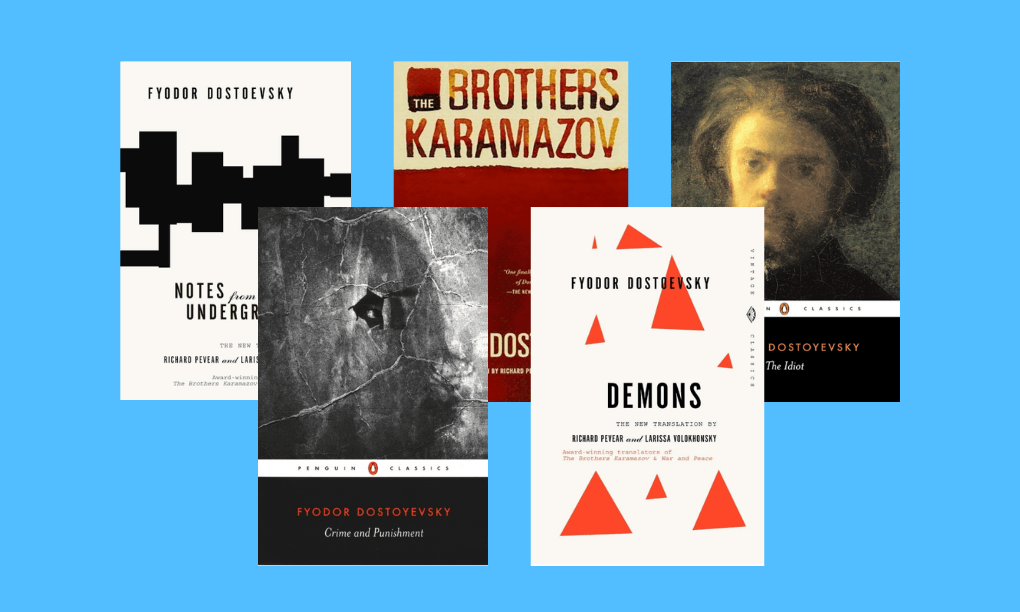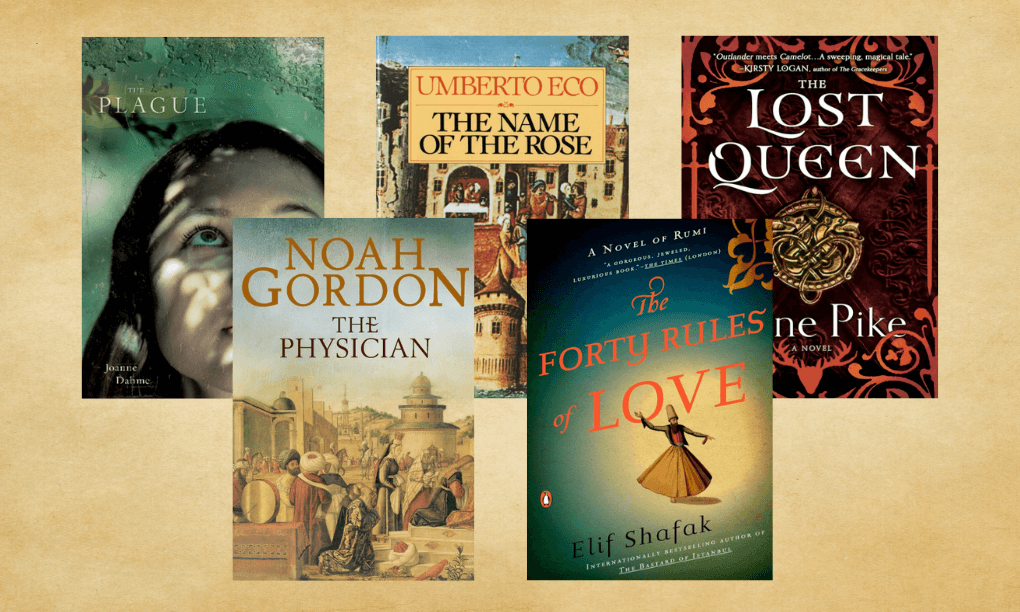So many books, so little time. That’s probably what you think when you look at your TBR pile next to your table. Can you read books faster? Is it possible to read a book a day? Several books a day? Will you truly understand and remember what you read? Should you learn how to read faster? Let’s discuss it today.
“The more that you read, the more things you will know. The more that you learn,
the more places you’ll go.”
—Dr. Seuss
How to Read Books Faster: Most Common Tips You’ve Come Across
Reading faster used to be a trending topic for a while. There are still plenty of resources and tips from people like Tim Ferris that help you learn how to read faster. Here are the most common tips that we’ve found repeating themselves from blog post to blog post:
Skim and Scan First
Many resources say that skimming and scanning are good techniques that help you read faster, as you can look for the most relevant bits of information first and get an overview. In the process, you ask questions that you’ll be able to answer when you read the book. Fair enough.
Stop Subvocalizing
The second technique is stopping subvocalization, which means you should consciously stop your inner voice from reading to yourself. According to this idea, when you say the words while you read them, you automatically read slower. So, if you stop pronouncing words in your head, you have all the chances to nearly double your reading speed. For instance, you can go from 250 to 700 words per minute. However, we don’t have any scientific research that proves that statement.
Read Entire Phrases Instead of Words
Another technique that you can try to learn to read faster is reading entire phrases instead of individual words. This recommendation is based on the fact that our eye span is 1.5 inches long, which means it’s possible to read up to four words on either side of a word. This also means that looking at every fifth word can help you read faster and retain more information. Or at least this is what the technique implies.
Stop Re-Reading
Re-reading is definitely something that makes you go through the book slower. Going back and re-reading sentences or paragraphs is usually something that we do when we either don’t understand or want to understand them better. So the technique, or rather, a suggestion, is that there’s no need to go into detail and read each sentence. You don’t have to understand every single line of a novel or text. Yet, this tip isn’t that relevant when it comes to textbooks, right?
If You Learn How to Read Faster—Will It Really Help?
In 2016, the article So Much to Read, So Little Time: How Do We Read, and Can Speed Reading Help? was published. It summarized decades of research on the topic of speed reading—a topic that gained popularity since Evelyn Wood’s Reading Dynamics training program in 1959 (check the book about her method, The Evelyn Wood Seven-Day Speed Reading and Learning Program).
- Speed vs. Comprehension: The first takeaway might seem obvious, but the paper proved that the faster people read, the less they remember what they have read. So, skimming and scanning are good for forming questions so that answers can be found later. But you can’t skim through the entire book and remember it well.
- Human Vision Limitations: This takeaway brings us to the recommendation to read phrases, not separate words. However, according to the paper, the structure of the human eye doesn’t allow clear perception of words in the periphery of our visual field (even with a 1.5-inch eye span). So, reading in chunks may help you move faster but not understand better.
- Inner Reading Voice and Comprehension: It looks like silencing the inner reading voice can really increase reading speed but also reduce comprehension. So, stopping subvocalization may not be the best solution if you want to understand what you read rather than just turn pages quickly.
- Rapid Serial Visual Presentation (RSVP) Apps: Another technique analyzed in the paper was the use of speed reading apps. However, it appears that they don’t work either, as with their help, you can increase the text presentation speed, but you’ll also understand less.
So, the paper summarized the following: while various techniques claim to increase reading speed, they often come at the cost of reduced comprehension. The research showed that readers can read two or three times faster (e.g., from around 250 to 500–750 words per minute) and still understand the text moderately without the loss of meaning. However, a thorough understanding of the text is hardly possible, and speed reading or skimming the text isn’t recommended for those cases.
How to Read Faster and Understand More at the SameTime?
Yet, we’d still like to know how to read and comprehend faster. There should be a way to speed up the reading process—not at the expense of understanding. Here are a few things that can be practiced:
#1 Make More Time for Reading
It may seem contradictory, but in order to learn to read faster, it’s important to spend more time reading. Just like any skill, practice makes perfect. You can’t expect to run a marathon without regular training, and the same goes for reading. If you want to improve your reading speed, you should set aside time to practice reading.
#2 Read More
Sounds like the same thing, but the previous tip was about making more time for reading, and here, we suggest you set goals to read more. Surely enough, reading isn’t a race. Yet, goal setting will help you with #1 directly. Once you set your reading goals for a month, for instance, you’ll be able to find time for reading and plan easier.
#3 Be Consistent
Once you set your goals, be consistent. Again, it’s similar to how you work out. This time, you exercise your brain.
#4 Improve Your Memory
In the process of reading, you can use techniques that improve your memory (e.g., mnemonics, mind maps, or associating information with vivid mental images) to make the material more memorable and easier to recall.
#5 Broaden the Vocabulary
Having a wide range of words in your vocabulary can help you read faster and understand books more easily. When you come across unfamiliar words, you won’t need to stop as often to figure out what they mean.
How to Read Textbooks Faster
Ok, but what about textbooks? With so many courses and assignments, speed reading seems an inevitable solution here. How to read textbooks faster? The answer is pretty much the same as for other books. Unfortunately, reading faster can hinder your comprehension. However, there are a few specific tips that can be applied to textbooks specifically:
- Focus on the main themes rather than every small detail. It can be tempting to try to memorize every little thing, but this approach can cause you to miss the bigger picture. Instead, read the entire book quickly before diving into specific chapters. This will help you understand the author’s argument and identify the main idea.
- To further prepare yourself, review the back cover, table of contents, and introduction. These sections can give you a condensed summary and an idea of what to expect.
- When it comes to research papers, remember that you can’t read everything. You’ll need to choose your sources wisely and take organized notes to present a summary of your research. There is a lot of information available, but you don’t need to read everything.
To cap it all, is there a way to learn how to read and comprehend faster? It is; however, speed isn’t the key. As the authors of the report suggest, you should read more and expand your vocabulary. It takes time and includes other skills—like improving your memory— and hours of repetition, but these things will definitely improve your reading ability and eventually help you read faster. Every sort of expertise takes time.


